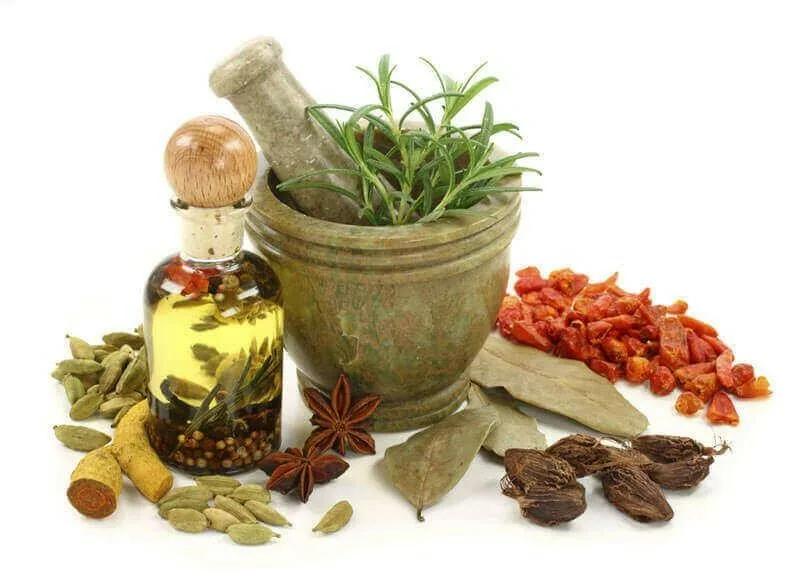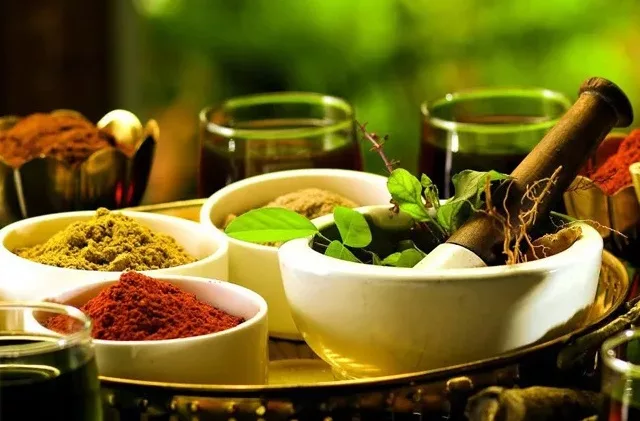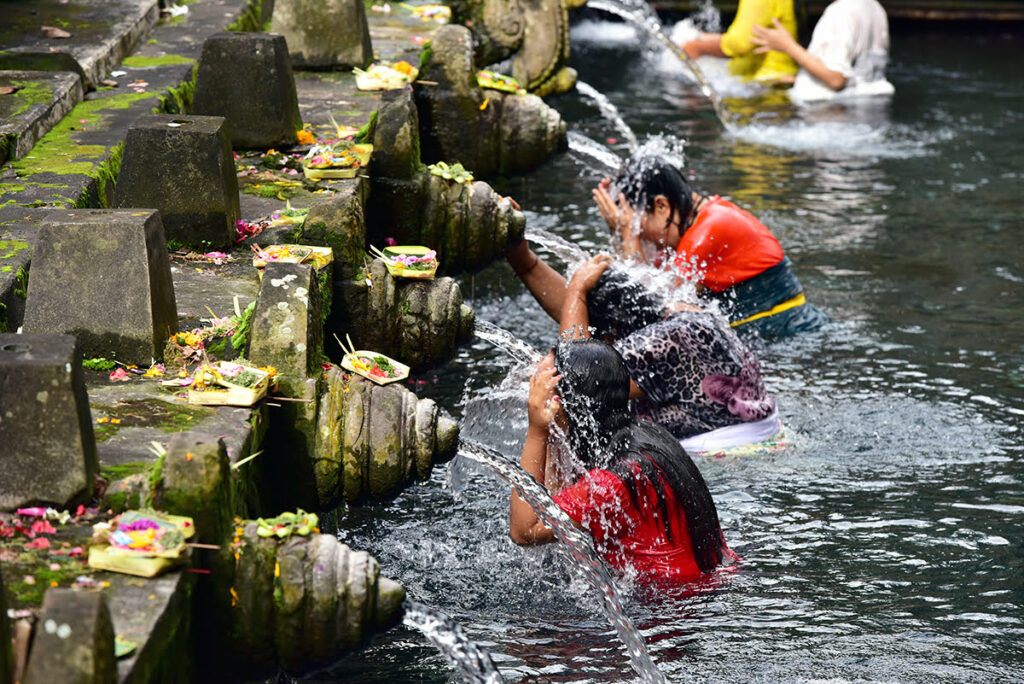Bali, often referred to as the “Island of the Gods,” has long been known not only for its breathtaking natural beauty and rich cultural heritage but also for its profound spiritual traditions. Among these, traditional Balinese healing practices stand out, offering a fascinating blend of herbal medicine, energy healing, and spiritual purification that have been passed down through generations. For travelers seeking a deeper connection with the island and its culture, exploring these ancient remedies offers a unique journey into wellness that bridges the past and the present.
The Essence of Balinese Healing
At the heart of traditional Balinese healing practices lies the concept of sekala and niskala, which translates to “the seen” and “the unseen.” Balinese healers, known as balian or dukun, believe that illness can stem from both physical and spiritual imbalances. Therefore, healing requires addressing both the visible aspects of the body and the invisible energy forces that influence well-being.
Balinese healing methods are deeply rooted in the island’s Hindu-Buddhist beliefs, with an emphasis on harmony between the mind, body, and spirit, as well as balance between humans and nature. This holistic approach to health has gained renewed interest in the modern world, where many are searching for natural, spiritual, and alternative methods of healing.
Herbal Medicine: Bali’s Healing Plants
 One of the most prominent aspects of traditional Balinese healing is the use of herbal medicine, or jamu. Drawing on the abundant natural resources of the island, Balinese healers create remedies using plants, roots, leaves, and flowers. Each plant is believed to have its own healing properties, whether for treating physical ailments like digestive issues, skin problems, or inflammation, or for more spiritual purposes, such as purification and protection from negative energies.
One of the most prominent aspects of traditional Balinese healing is the use of herbal medicine, or jamu. Drawing on the abundant natural resources of the island, Balinese healers create remedies using plants, roots, leaves, and flowers. Each plant is believed to have its own healing properties, whether for treating physical ailments like digestive issues, skin problems, or inflammation, or for more spiritual purposes, such as purification and protection from negative energies.
Common ingredients in Balinese herbal remedies include:
- Turmeric (kunyit), known for its anti-inflammatory properties.
- Ginger (jahe), used to aid digestion and boost the immune system.
- Tamarind (asam), known for its detoxifying effects.
- Galangal (laos), a root similar to ginger, often used to relieve pain and inflammation.
Many wellness centers and spas across Bali offer herbal treatments such as massages with herbal oils, detoxifying baths, and teas made from these traditional ingredients. Travelers can even learn how to make their own jamu in workshops, immersing themselves in the knowledge of Balinese plant-based medicine.
Energy Healing and Spiritual Practices
In addition to herbal medicine, energy healing plays a vital role in traditional Balinese health practices. Balinese healers often use a form of prana (life energy) to remove blockages, cleanse auras, and restore energy flow within the body. The healing process typically involves rituals, chanting, and prayers to communicate with spirits and deities, seeking their assistance in balancing the patient’s energy field.
One of the most popular healing rituals is the melukat, a spiritual purification ceremony. This ritual involves bathing in sacred water at a temple, such as Tirta Empul, which is famous for its healing springs. The belief is that the water not only cleanses the body but also purifies the soul, washing away negative energy and restoring spiritual harmony. Many visitors to Bali seek out this experience, finding a sense of renewal and peace after participating in a melukat ceremony.
Another key aspect of Balinese healing is the consultation with a balian, a traditional healer who uses a combination of herbal remedies, energy work, and spiritual guidance. The balian may also perform divination using coconut shells or other methods to identify the cause of illness or imbalance and recommend specific treatments or rituals to restore health.
Contemporary Relevance of Traditional Balinese Healing
In recent years, traditional Balinese healing practices have gained attention from travelers and wellness seekers from around the world. As modern society becomes more interested in natural and holistic approaches to health, the ancient wisdom of Bali’s healers offers a valuable alternative to conventional medicine. Wellness retreats across the island have incorporated Balinese healing techniques into their programs, offering treatments that include herbal medicine, yoga, meditation, and spiritual ceremonies.
Visitors to Bali can now embark on healing journeys that combine ancient practices with modern wellness philosophies. These experiences offer a unique opportunity not only to improve physical and emotional health but also to gain insight into Balinese culture and spirituality.
Experiencing Balinese Healing as a Traveler

Tirta Empul Temple holy water
For travelers, experiencing traditional Balinese healing can be a transformative aspect of their visit. Wellness centers and retreats across the island offer opportunities to explore these ancient remedies firsthand, often in tranquil, natural settings that enhance the healing process.
- Tirta Empul Temple: Located near Ubud, this sacred temple is famous for its purification rituals. Visitors can bathe in the holy waters, participating in a traditional cleansing ceremony.
- Balian Healers: Ubud and other regions of Bali are home to many respected balian. Travelers can consult with these healers for a personalized energy or herbal treatment.
- Jamu Workshops: Many wellness centers offer workshops where visitors can learn to make their own herbal remedies using local plants, allowing them to take home a piece of Bali’s healing traditions.
Bali’s Timeless Healing Wisdom
Bali’s traditional healing practices are a testament to the island’s deep connection with nature and spirituality. For those seeking more than just a holiday, the opportunity to explore these ancient remedies offers a journey of self-discovery, healing, and cultural immersion. Whether it’s through the soothing hands of a balian, the cleansing waters of a sacred spring, or the healing power of Balinese herbs, visitors to Bali can tap into the timeless wisdom that continues to thrive in this modern world.
